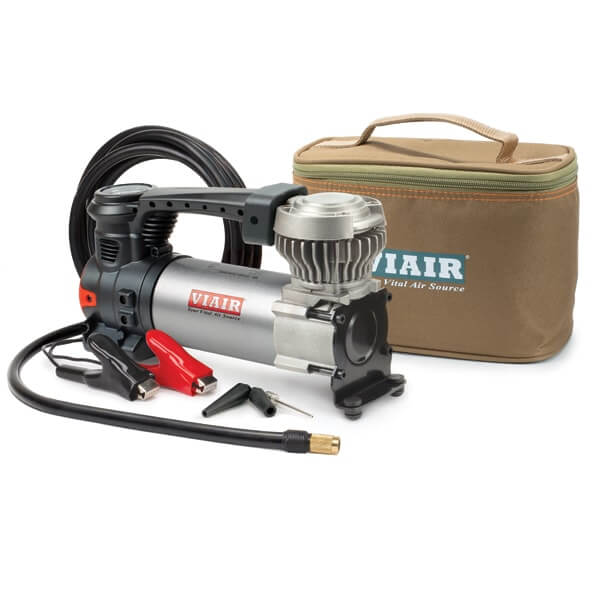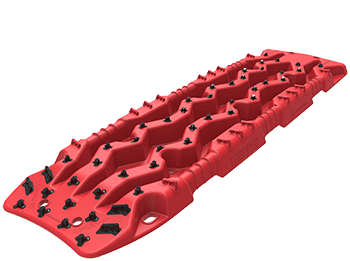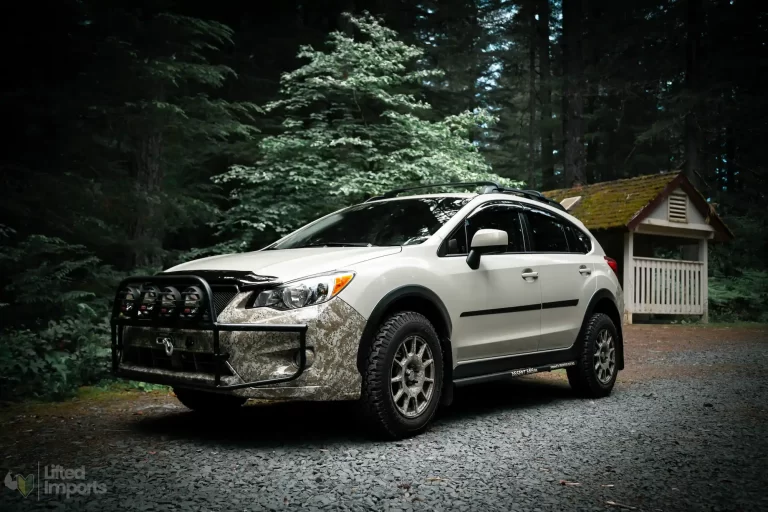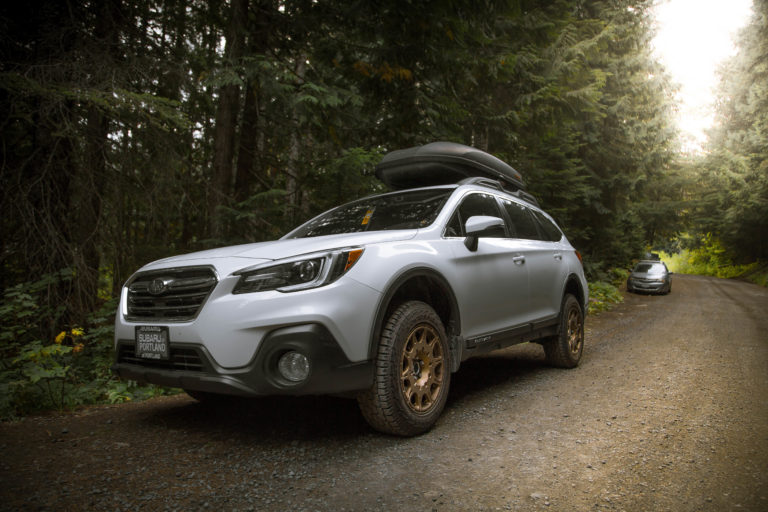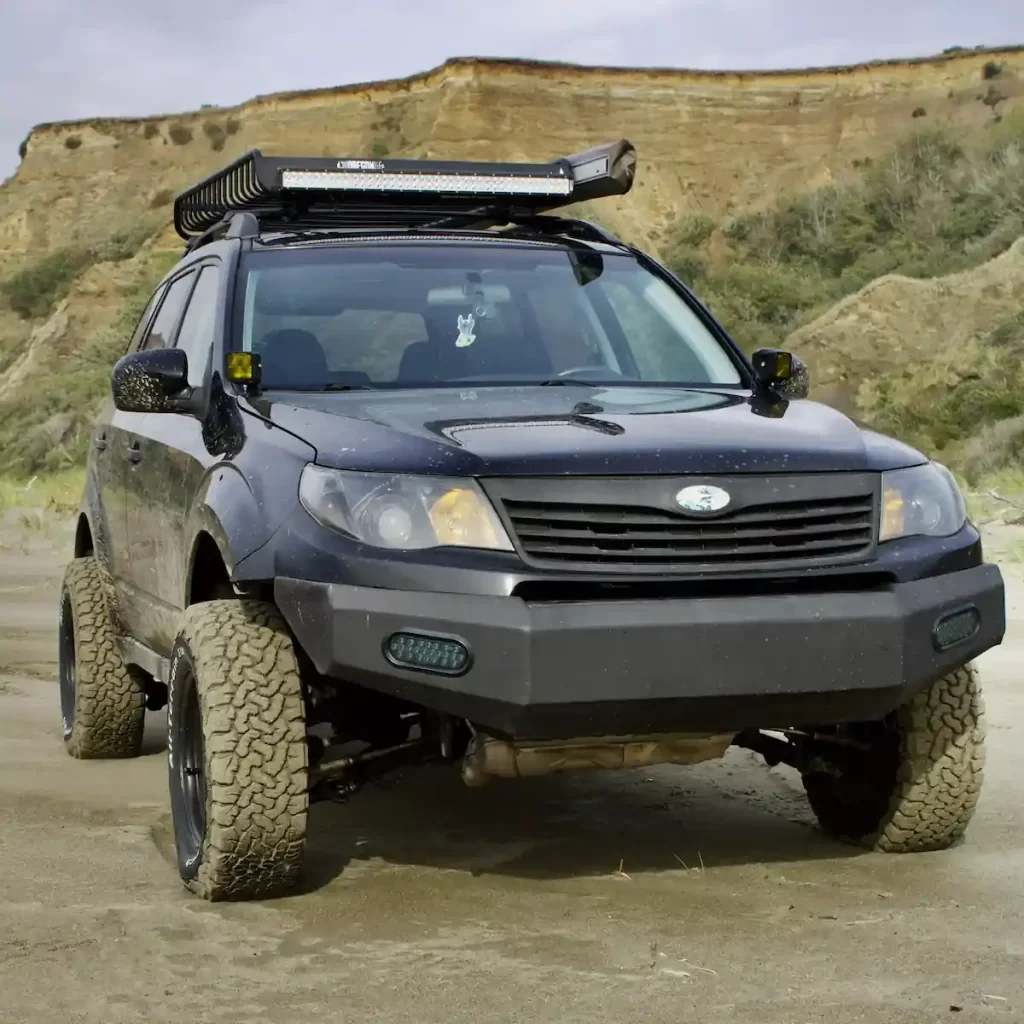
Can You Drive A Subaru In The Sand?
Yes! You can drive a Subaru in the sand. You need to follow a few precautions, but many people drive their Subarus on the beach all the time.
Whether you own a Subaru Forester, Outback, Crosstrek, or Impreza, eventually you will want to drive it on the sand. Subarus are more than capable of driving on the beach without issues. We’ll outline what you’ll need and our guide for how we’ve approached sand driving.
On the upper West coast, there are a few places where it’s legal to drive a motor vehicle on the beach. I have wonderful memories as a kid enjoying beach camping in my parent’s diesel Chevy Suburban. So naturally, as I grew up and began driving, I wanted to continue the tradition of taking my car out on the Washington coast. I was intimidated since my little Subaru was so much smaller than the big trucks I was used to seeing on the sand. But once I learned these techniques, I have never been afraid to drive on the sand.
Best practices for driving your Subaru in the sand:
- Assess the sand condition (is it hard, or deep and soft?)
- Bring an inflator & tire gauge
- Be prepared to air down
- Turn off traction control if your vehicle is equipped
- Hug the shore when moving along the coast
- Maintain a steady speed and avoid sudden acceleration
- Always make sure you’re aware of the tide pattern
- BONUS TIP: Clean your undercarriage immediately
Before Driving On The Sand, Consider The Conditions
If the sand you’re about to drive on is hard packed and firm, you’ll have a much easier time navigating the beach. However, during the summer when most people are out enjoying the coast, the sand is typically going to be much softer and more deep. Dry, soft sand is much easier to sink in. But that doesn’t mean you can’t tackle it in a Subaru. Just take the necessary precautions and follow these steps.
Bring The Right Gear With You
Before you drive on the sand, here’s a quick list of the best things to have with you:
- Basic tire inflator
- Tire pressure gauge
- Shovel
- Optional: Traction boards
The all wheel drive system in your car should be able to handle a good leisurely drive on the beach. But having the right tools with you just in case is very important.
Dropping Tire Pressure When Driving On The Sand:
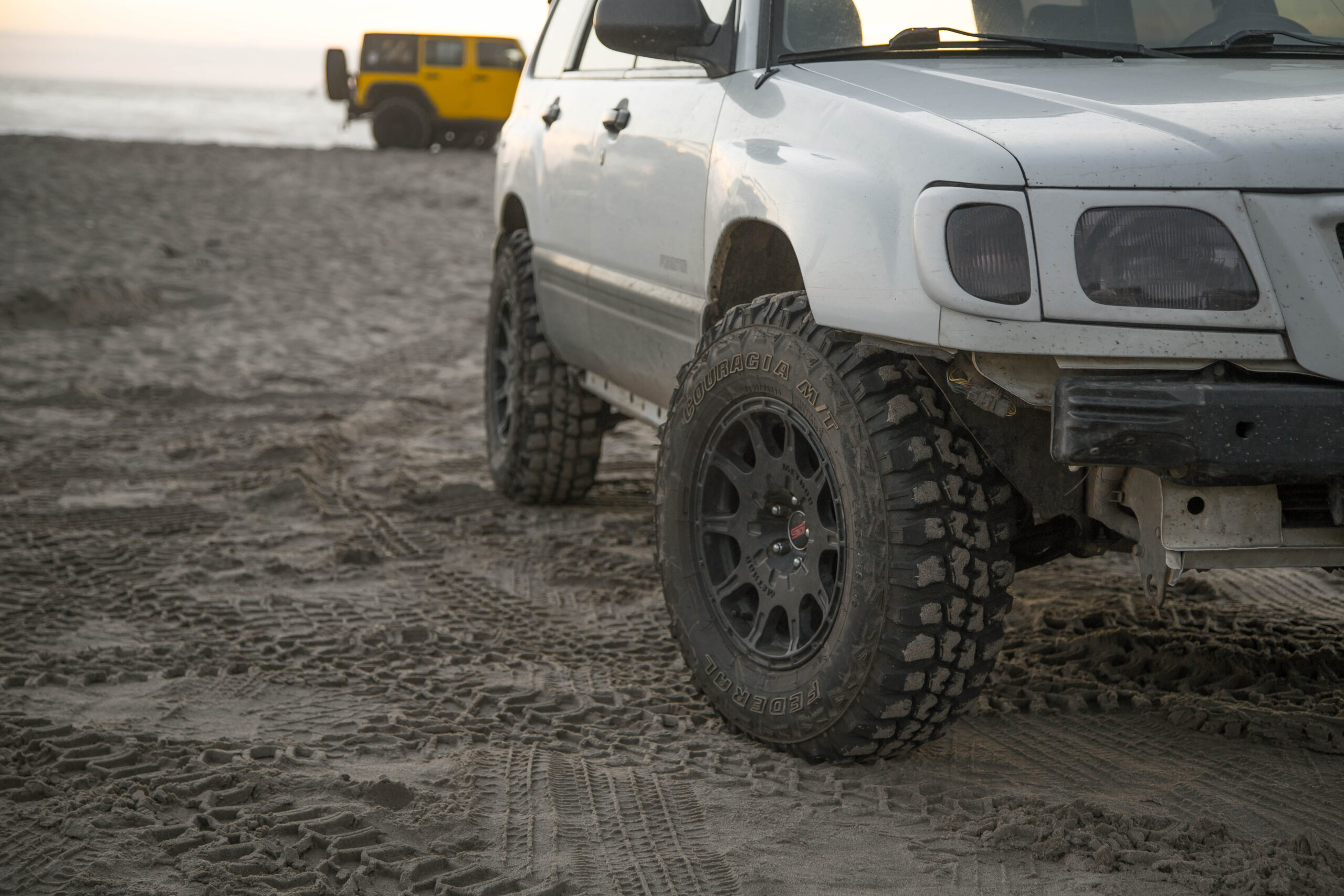
On firm sand, you can usually avoid relieving air pressure. But Make sure to use caution as you drive.
Use Proper Driving Techniques In The Sand
In order to avoid getting stuck in the sand, use these helpful techniques:
- Turn off traction control if equipped (if your Subaru has X-Mode, it can be helpful)
- Don’t accelerate quickly
- Maintain a steady speed around 25mph
- Avoid sharp turns
- Follow the water line as you travel up and down the coast – the sand will be firmer close to the water
- Always know when and where the tide will come
You can see how the ocean completely flipped this F350. Always check the tides.
BONUS TIP: Clean your car right after your trip
If you’re visiting the coast, you’ll want to rinse the vehicle immediately after. The salt content of the ocean water and sand will quickly begin to break down the metal components of your vehicle. Additionally, it can be damaging to your paint’s finish. It’s a great idea to get a car wash on the way home, or the next day.
Don’t forget to clean the underside of your car. That is where most of the damage will occur.
Here’s how I keep my Subaru’s surfaces clean and safe from rust:
- I use Fluid Film undercoating once a year to protect against rust
- After driving on the beach, or salted roads, I run the lawn sprinkler under my car on the highest setting for about 2 minutes
- I wash the car after any beach trips to help protect the paint from deterioration
What I Carry In My Car For Beach Trips:
Click each image to find the latest price on Amazon.
If you follow these simple tips and tricks, you should be able to safely enjoy a day driving on the beach. Always follow local laws and regulations when attempting to drive on the beach and travel with friends if possible.
More Helpful Articles:
As an Amazon Associate, we may earn from qualifying purchases

